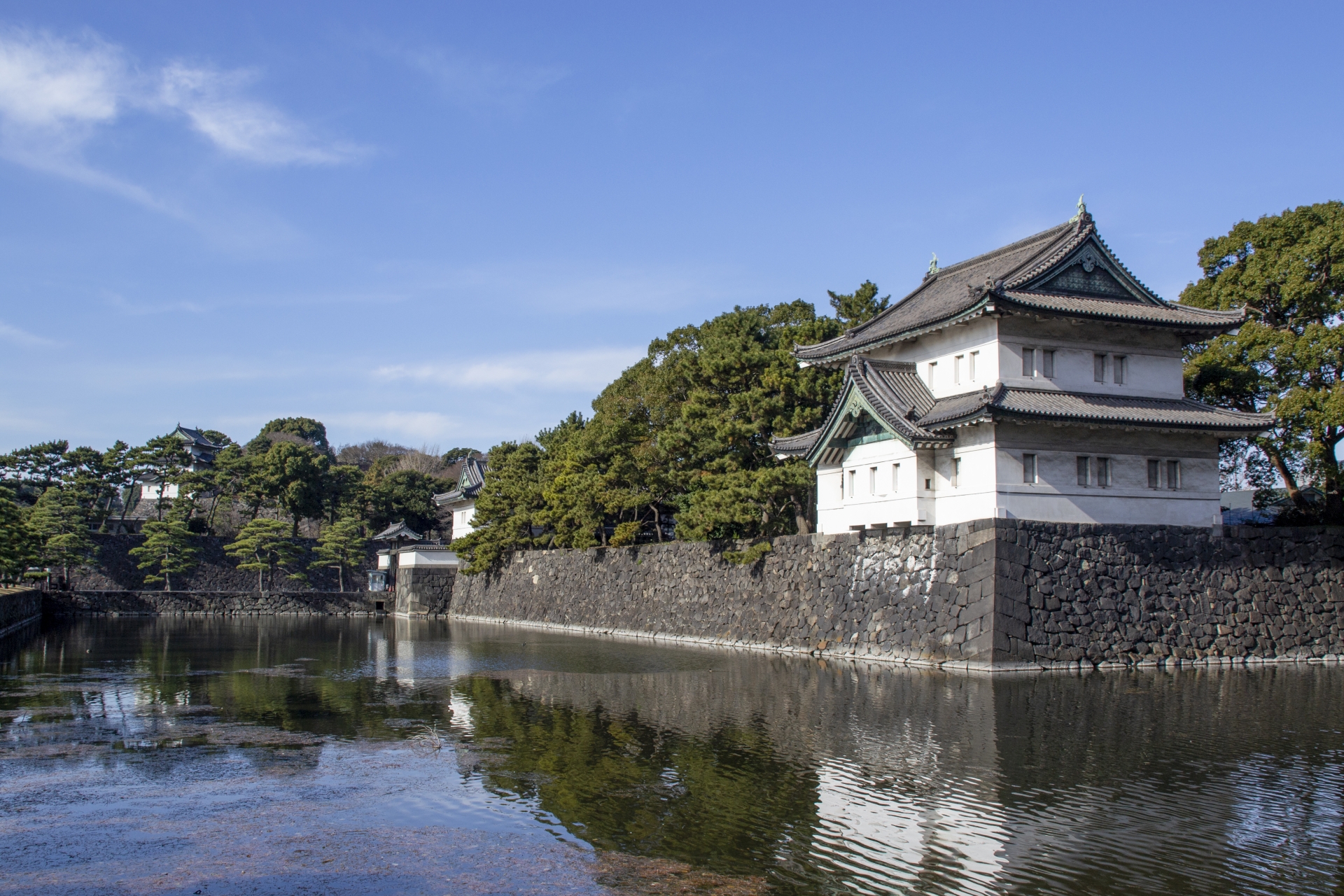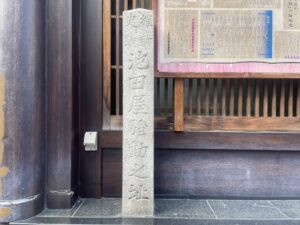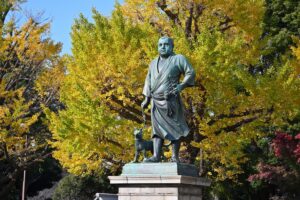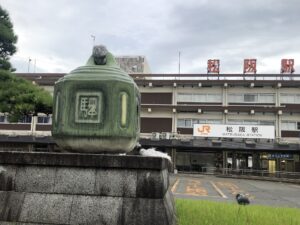The Tokyo Imperial Palace is not only the residence of Japan’s Imperial Family but also a site of immense historical and cultural value. This article delves into its history, architectural significance, and practical details for those wishing to visit, ensuring a comprehensive understanding for both tourists and history enthusiasts.
The Historical Significance of the Imperial Palace
The Tokyo Imperial Palace, known as “Kōkyo” in Japanese, has a history that dates back to the 15th century when it was initially constructed as the Edo Castle. Over centuries, it has witnessed the rise and fall of shogunates and the transition from the Edo period to the Meiji Restoration. The palace symbolizes the continuity of the Japanese monarchy, the world’s oldest hereditary monarchy, and remains a focal point of Japanese cultural and political history. The architecture of the palace has evolved significantly, blending traditional Japanese design with modern elements, especially after the reconstruction post-World War II. Today, the Imperial Palace stands as a testament to Japan’s resilience and cultural preservation.
Key Attractions within the Imperial Palace Grounds
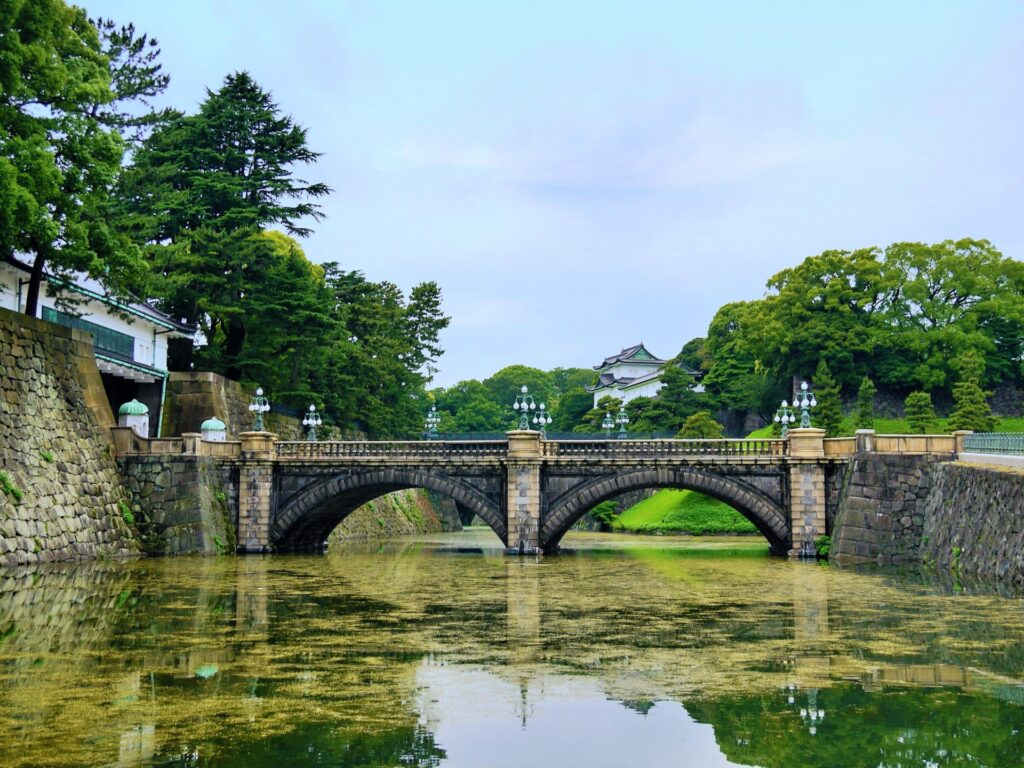
The Tokyo Imperial Palace is surrounded by beautiful gardens and iconic structures that offer visitors a glimpse into Japan’s rich history and culture. Among the key attractions, the East Gardens (Higashi Gyoen) are particularly notable, as they are open to the public and feature remnants of Edo Castle, including the foundation of the former castle tower. The Nijubashi Bridge, a picturesque double-arched stone bridge, is another popular spot for photography, especially during cherry blossom season. Visitors should also explore the Fushimi Yagura, a traditional Japanese watchtower that offers a peek into the architectural style of the Edo period. To make the most of your visit, it’s recommended to arrive early in the day to avoid crowds and to enjoy the tranquil atmosphere of the gardens.
Practical Information for Visitors
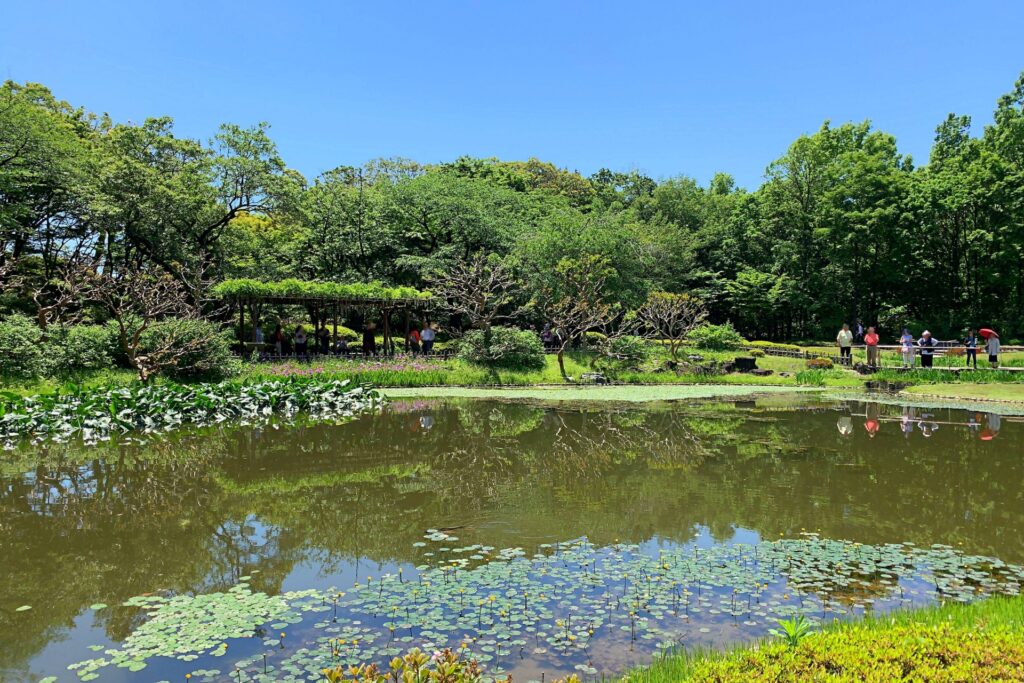
Visiting the Imperial Palace requires some planning, as the inner grounds are generally closed to the public, with exceptions for guided tours and special events. The East Gardens are open daily except on Mondays, Fridays, and during the New Year holidays. Admission to the gardens is free, and no advance booking is required. For those interested in a guided tour of the palace grounds, it is advisable to book online in advance through the Imperial Household Agency’s official website. The palace is conveniently located in central Tokyo, near the Otemachi and Tokyo stations, making it easily accessible by public transportation. Nearby attractions include the Marunouchi business district and the Tokyo Station building, which are worth exploring before or after your visit to the palace.
Seasonal Events and Special Access
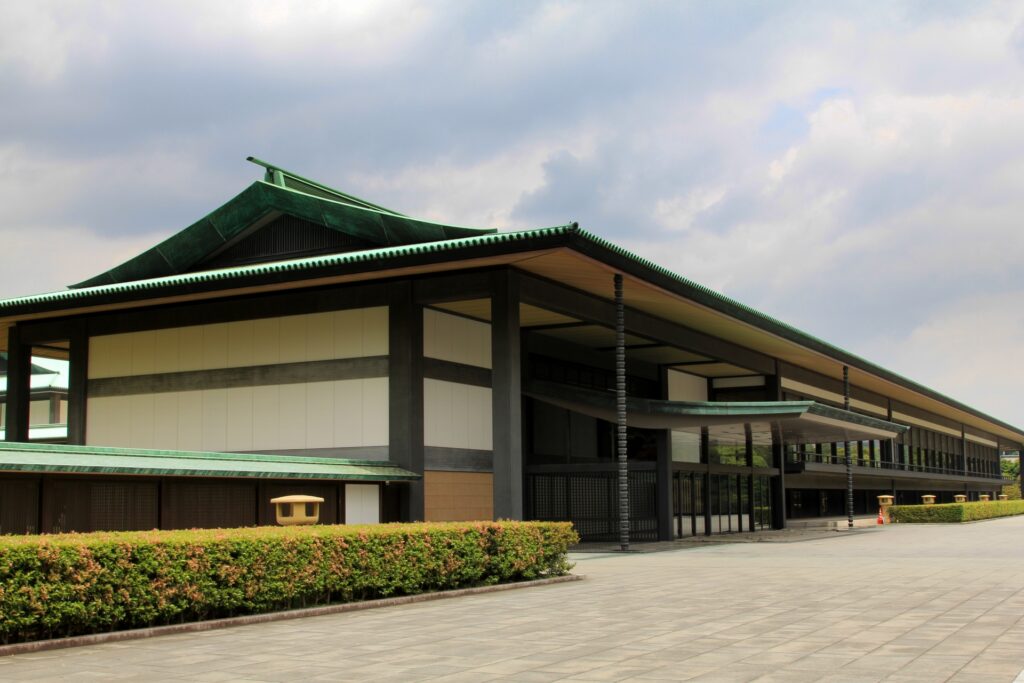
The Tokyo Imperial Palace hosts several seasonal events that offer unique opportunities to explore areas typically closed to the public. Notably, on January 2nd (New Year’s Greeting) and December 23rd (the Emperor’s Birthday), the inner palace grounds are opened to the public, and visitors can witness a rare public appearance by the Imperial Family from the Chowaden Reception Hall. During spring, the palace grounds and surrounding moats are adorned with cherry blossoms, making it an ideal time for a visit. Additionally, guided tours occasionally offer access to areas like the Kitanomaru Park, which houses the Nippon Budokan, a venue for martial arts competitions and concerts. These events provide a rare glimpse into the life of the Imperial Family and the palace’s ongoing role in Japanese tradition.
The Imperial Palace in Contemporary Japan

In modern Japan, the Tokyo Imperial Palace remains a symbol of the continuity of the Japanese monarchy and its connection to the nation’s cultural identity. While it serves as the official residence of the Emperor, it also plays a vital role in state functions and ceremonies. The palace is a key location for the Shinto rituals that are integral to the Japanese imperial tradition, emphasizing the deep spiritual connection between the emperor and the people. Recent developments around the palace, such as the renovation of the Imperial Household Agency buildings, highlight the ongoing importance of the palace in Japan’s national life. The palace also stands as a serene contrast to the bustling city that surrounds it, offering a space of reflection and national pride.
Comparative Analysis: Imperial Palaces Around the World
The Tokyo Imperial Palace shares its prestige with other imperial and royal residences around the world, each reflecting the cultural and historical context of its nation. For instance, Buckingham Palace in the United Kingdom and the Grand Palace in Thailand serve similar roles as residences of the respective royal families and as symbols of national identity. Architecturally, the Tokyo Imperial Palace is distinct for its integration of traditional Japanese elements, such as wooden structures and gardens designed in harmony with nature, which contrast with the more opulent European styles seen in palaces like Versailles or the Winter Palace in Russia. This comparison underscores the unique cultural expressions found in royal residences globally, highlighting the Tokyo Imperial Palace’s role as both a historical monument and a living cultural institution.

